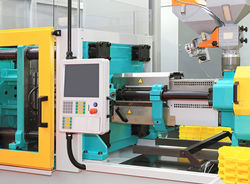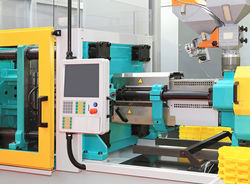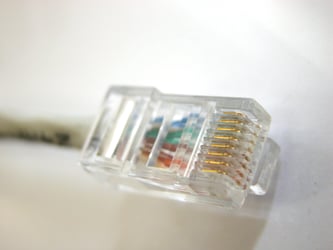Quite often in polymer processing (injection molding and extrusion), several steps need to be taken in polymer preparation, these are not always considered or even documented as part of the process, but they play a vital part in the ultimate production.
Every resin has different properties that can be manipulated by small changes to their process, and depending on the desired properties in an end product, these additional steps required will be the difference between useable end product and waste.
Inputting the right speed and temperature setting on your machine, are of course important to any process, but there are so many other factors before and beyond the time in the barrel, that are not always taken into consideration.
When considering the factors that can come into account and precautions that need to be taken, my experience with biodegradable polymers in the medical device industry comes to mind. I was doing a lot of work with medical grade (very expensive) PGA and PLA (very sensitive) fiber extrusion, where ultimate tensile strength was a key property required in the end product. All these factors meant we could take no short cuts or risks in any stage of the process, that may lead to a reduction in polymer properties and/or waste.
As well as their many other aspects, resins such as PGA and PLA, are hygroscopic by nature, this means they are especially sensitive to moisture and require an extensive resin drying process before the resin is even allowed to enter the barrel.
These resins will absorb moisture rapidly from the atmosphere, and in turn, this can lead to many problems in processing – i.e. hydrolysis, oxidation, steam. Especially in an extrusion process which is much more sensitive to moisture content.
A batch extrusion drying process for any hygroscopic polymers (other hygroscopic polymers include Nylon/PET/PBT/PC/PU/PSU/EVOH/ABS) should include:
- Oven drying (ensuring drying temp is below Tg to prevent granules from fusing).
- Vacuum sealing of pre-dried granules into small individual packets (packet size can be determined based on hopper size--enough to be used in one go).
- Reducing exposure of dried granules to the atmosphere (this can be done by ensuring the hopper remains no more than half full at all times, and ensuring open bags of resin are used up immediately). Any pellets remaining in an opened bag should be discarded, or re-dried.
Although these steps may seem excessive, without drying, the extruded PLA and PGA fibers had a much lower tensile strength than those that were dried. This is because at higher temperatures any excess moisture will react with the polymer backbone, reducing polymer chain length, in turn resulting in poorer mechanical properties. In this case where ultimate tensile strength of the end product was essential, the polymer drying was also essential.
Resin preparation is just one of many steps that play a vital role in the quality of your end product, temperature profiles, screw speeds, residence times, a clean screw, post drying, are just a few of many varying factors which need to be controlled. In my opinion it is the importance of controlling these factors that puts some processors over and above the rest. Taking care in every single detail at every single step, can make all the difference between the quality of your product versus that of a competitor.
Learn more about how purging compounds impact your production efficiency.

Kiran Raza is an Asaclean Purging Expert & Technical Sales Representative. She's worked in the plastics industry for nearly 20 years and has expertise In Bio-Medical Materials, Polymer Processing, and Materials Testing.








Comments